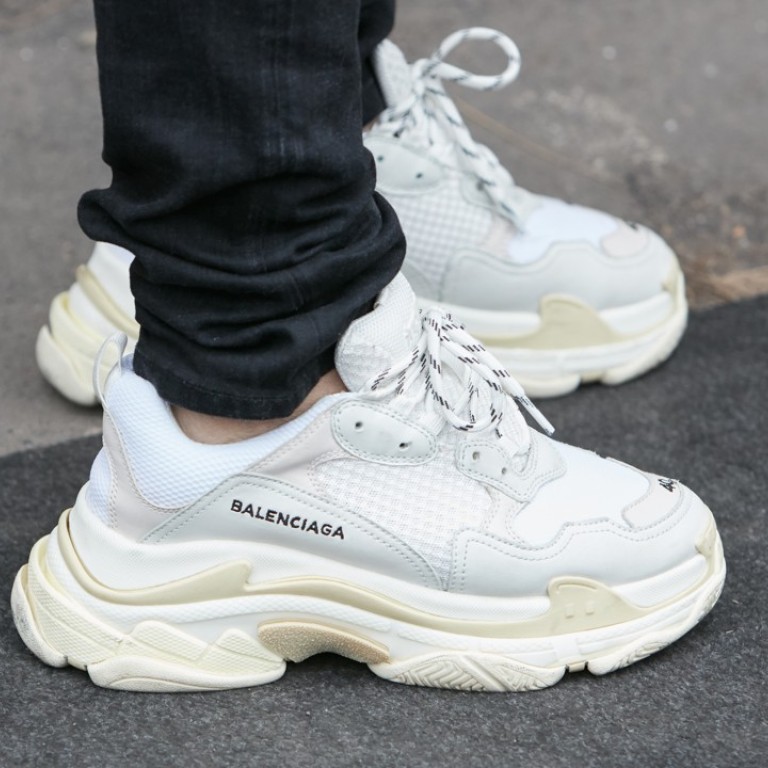
Why is this Made in China stigma still rampant? Fashion snobs, globalisation is here to stay
Fans of a leading French fashion house’s ‘ugly sneakers’ were outraged to find their Made in Italy label replaced by a Made in China one. Don’t they know the world’s greatest expertise in sports shoe design and production is in Asia?
This year, a Balenciaga customer set the streetwear blogosphere alight after sharing the fact that a new pair of the French fashion house’s Triple S trainers, which once sported a Made in Italy label, now bore a Made in China tag. Outrage ensued as clients, both in the West and China, voiced their dismay at the change and the fact that the ubiquitous shoes, which have become known in fashion circles as “dad sneakers” or, less affectionately, “ugly sneakers”, retained the same hefty price tag of US$850.
While it’s true that the “Made in Italy” and “Made in France” labels evoke long-held notions of savoir faire and quality, since when has Italy been a leader in the making of trainers? Unlike handbags, furs, stilettos and the like, trainers have never been the bread and butter of Italian factories, which tend to specialise in expensive leather goods and luxurious garments.
Why does the Made in China stigma persist when we all know that China is capable of making products that equal, if not exceed, the quality of similar items made in the West?
It’s refreshing to see that some industry players are not afraid to tell it like it is. At one recent fashion week event, a designer said that, for him, savoir faire can come from anywhere and what matters is quality, regardless of provenance.
While showing pieces from his brand’s latest collection, he matter-of-factly revealed that the bags were made in Italy, because that is where he could find the best suppliers; the heels and boots in Spain, which can produce them at a lower price than Italy does; and – no surprise here – the trainers were manufactured in China, which has been making them for sportswear brands such as Nike and Adidas for decades.
And kudos to Balenciaga, which responded to those complaints with a terse, “The Triple S were initially made in Italy but the manufacturer of the shoe was moved to China where they have a savoir-faire and capacities to produce a lighter shoe.”
It’s high time people realised that globalisation is here to stay and that, as long as working practices meet fair standards, antiquated notions of where luxury comes from should be put to rest.

